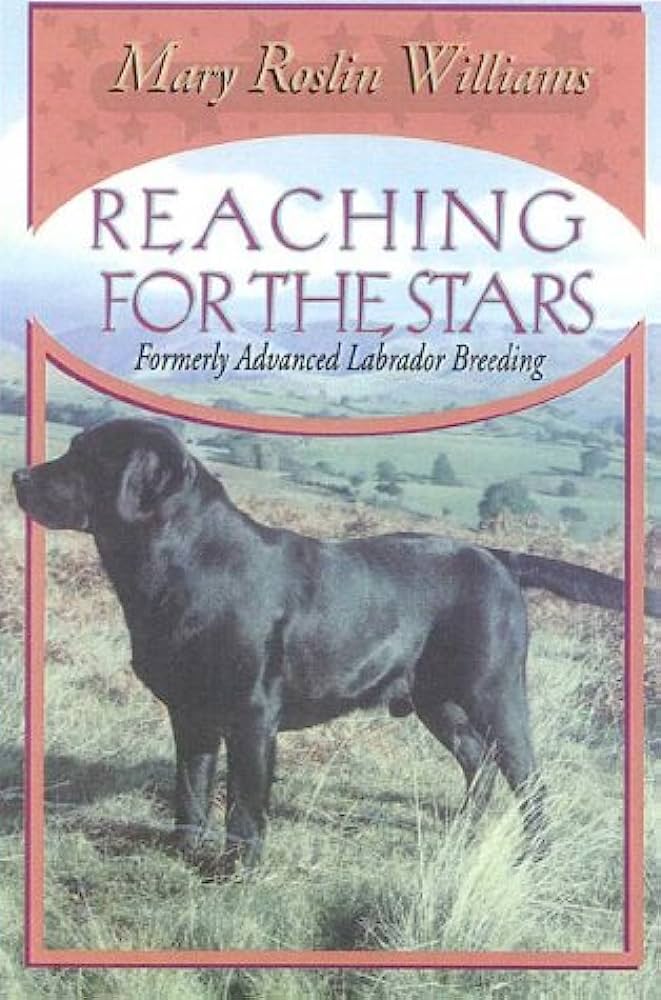DanBar Ranch
The Doberman breed is considered one of the least healthy of the over 400 dog breeds alive today. There are several reasons for this, the most basic being:
- * Relatively small founding group after World War 2 - VERY small in the United States
- * The over-use of popular AKC show winning stud dogs
- * Unfortunate "fad cycle" in the late 1970's with resulting population boom (Dobes #2 in AKC registration)
- * The breed attracts show minded breeders - not utilitarian working dog breeders
- * Breed clubs here is USA and in Europe more concerned with show wins than health matters
- * Continued denial about the importance of health testing and culling carriers
It is the Dobermans curse to be a beautiful dog. If it attracted a more utilitarian following it would have remained a top working breed instead of becoming a "laughing stock" among serious work and sport dog handlers. If it had attracted breeders who wanted robust, sound dogs instead of elegant yard-art to win at dog shows, its medical issues would have been dealt with long ago.
In order to save the Doberman breed (and it is possible) without outcrossing to another breed, it would take a STRONG mother club to assist breeders in the effort, and breeders willing to make tough, tough sacrifices; so it is not likely to happen anytime soon. The Doberman Pincher Club of America and the United Doberman Club both fail miserably to provide leadership or concern for the breed's health.
HERE IS WHAT REPUTABLE BREEDERS CAN DO TO HELP
(with the help of puppy buyers who support them!)
FIRST: It is not enough to just do health testing - a breeder must "live or die" by the results. No matter how costly a dog was, if it can't pass health testing than that dog MUST be removed from a breeding program. Believe me, it hurts, I know! I have removed two IMPORTED bitches from my breeding program at great expense.
SECOND: A breeder must be concerned with structure AND temperament. And by temperament I mean Doberman temperament. A Doberman who does not have the genetic background to ACT like a Doberman when its family needs it is a worthless promise. A Doberman should be safe around strangers, yet many are aloof with anyone not in their family. Some are quite friendly with people but still have protective instincts intact. After all, a dog so vicious it must be locked away when strangers come isn't much protection, is it?
THIRD: An important "DanBar Difference" is not following fads. I don't follow current fads in Dobermans such as cropping ears so long the dogs look like donkeys - and must suffer through up to 24 months of ear wrapping with still no guarantee they will stand. My dogs have their tails and ears docked to traditional lengths; ears ususally needing just 4 to 6 weeks of wrapping. Nor do I breed HUGE "Great Dane like" European Dobermans that are NOT standard.
Another current fad is the cry for "diversity"... diversity in breeding is the opposite of planned, thoughtful breeding designed to gather together and maintain positive genes. Diversity never gets rid of bad genes, it simply hides them for a generation or two. In the purebred world, "diversity" is another word for "scatterbred" a term that describes a pedigree with no relationship between any of the dogs. Scatterbred litters are always unpredictable and while sometimes they turn out fine, the point is that it is difficult to predict just how the pups will turn out. A breeder CANNOT produce a predictable, useful line of dogs by breeding for "diversity". What they produce are dogs with no predictable traits, temperament or appearance.
There is a TREMENDOUS amount of misinformation about "inbreeding and linebreeding". All of it put out by "experts" who have NO experience with it! Every useful domestic animal humans have is the product of inbreeding. And wildlife is often very inbred, but stay healthy due to Nature culling any "problems" that crop up.
I plan on putting up an information page on breeding practices very soon. If you have ANY questions about "diversity" and inbreeding/linebreeding please don't hesitate to ask. I will direct you to TRUE, professional, HIGHLY RESPECTED and successful breeders who speak the truth. Today the internet is full of far too many "scientists" and self-appointed "better breeding experts" who are short on experience, short on accomplishments but VERY LONG on bad advice.
In the cairn terrier breed there is not the emphasis on diversity like in the Doberman breed, however there is still plenty of ignorance about line and in-breeding practices due to inexperience, thinking dog breeding is anything like human reproduction (we don't cull) and repeating bad information they read on-line from other inexperienced breeders. ALL top producing breeders use line and in-breeding (and culling) extensively.
DanBar Ranch Breeding Philosophies
Recommended Reading On Dog Breeding:
Snakefoot: The Making of a Champion, Robert Wehle
Planned Breeding, Lloyd Brackett
Reaching For The Stars, Mary Roslin Williams
The DanBar Difference:
There IS a difference. And here is what it is...



